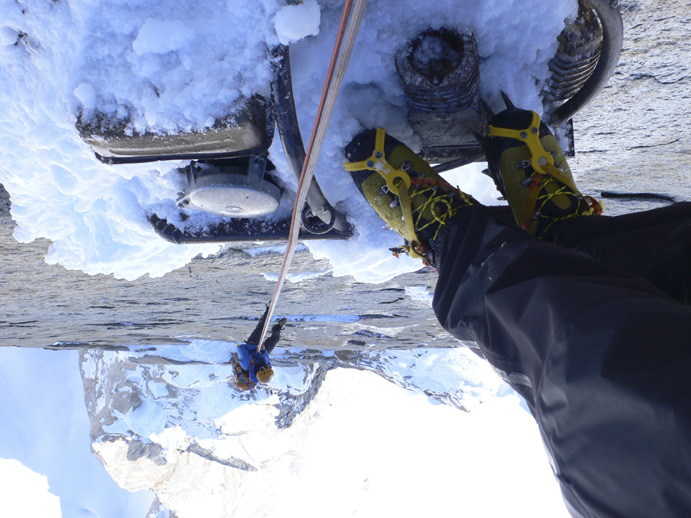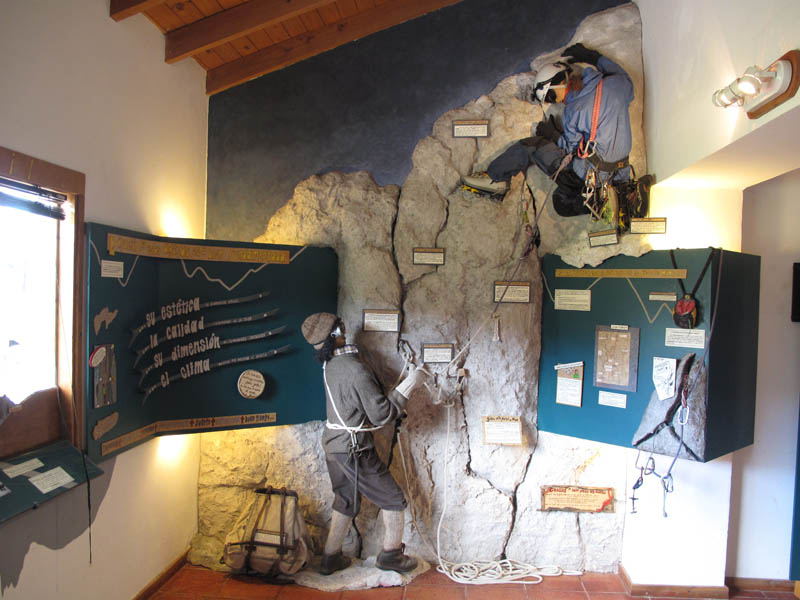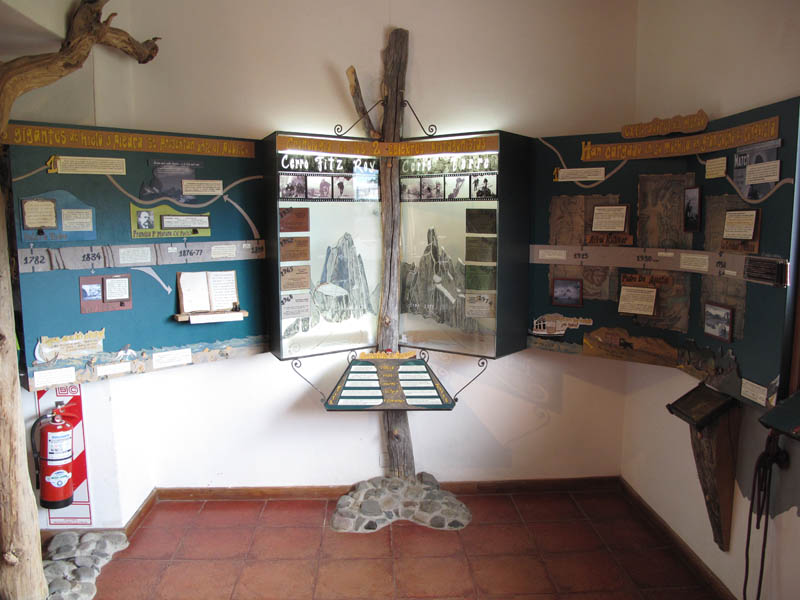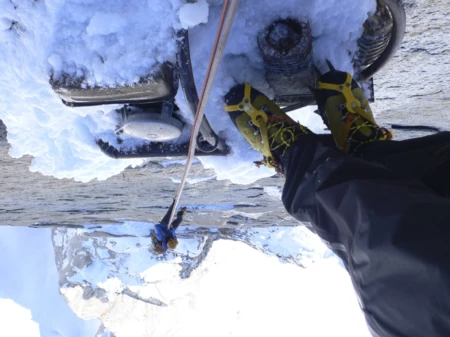Cerro Torre Controversy: Get Rid of Compressors Already
Seems most of us have moved on from the latest climbing world drama. Thank god. So I’ll sneak-in a quick suggestion that nobody can disagree with: Put the compressor in a museum. Uh-oh. I just remembered that this is climbing. And this is the Internet. I should revise my assertion: nobody reasonable could possibly argue that, somehow, a 300-pound metal engine belongs littered on the flanks of Cerro Torre.
Hardly anyone sees it up there anyway. Yet people clearly have a sentimental attachment to it (just look at the overblown reactions to this whole ordeal). Everybody agrees that it never belonged on Cerro Torre to begin with – notwithstanding a few “True Believers,” who also stand by Maestri’s 1959 hoax, and can’t be bothered by such trivialities as evidence and reason. Anyway, we can debate Hayden and Jason’s bolt removal ad nauseam (we’re well on our way, if not beyond). But the rusting heap of metal hanging on the side of Cerro Torre? C’mon. Even the True Believers. One word: museum. Maybe Argentina would even give the compressor to Italy, and then everyone would be happy.
Even those who use the nonsense argument that chopping some of the Compressor Route’s bolt-ladders was “elitist” would be pleased. Everyone can enjoy its namesake in a museum. You don’t even have to be a climber. What could be less elitist than that?

Seriously, why not haul it down, put it in a museum, or add it to the climbing display at the visitor’s center in El Chalten, where folks can see it? Perhaps the park service is considering it; I don’t know. But history is done. The Compressor Route happened. Nobody will forget it, and putting it on display might remind us, by way of sordid example, to respect the places we love. As we should. We accept some limited impact when we hike, ski, climb and venture into the mountains, but, “A gasoline-powered air compressor is not climbing equipment – it is industrial equipment,” as Colin Haley wrote in his excellent piece. It has no place in the mountains. Not in 1970, and not now.
After forty years of controversy, maybe something good can come from the Compressor Route: A reminder to keep wild places wild, treat them fairly and keep them clean. Put the compressor in a museum. Where it belongs.

 Climbing display in the visitor center for Seccional Lago Viedma, the northern region of Los Glaciares National Park, El Chalten, Argentina. Photos: Rolando Garibotti
Climbing display in the visitor center for Seccional Lago Viedma, the northern region of Los Glaciares National Park, El Chalten, Argentina. Photos: Rolando Garibotti
